VENICE – THE NUOVA SCUOLA GRANDE DI SANTA MARIA DELLA MISERICORDIA HOSTS THE EXHIBITION JAN FABRE. PIETAS

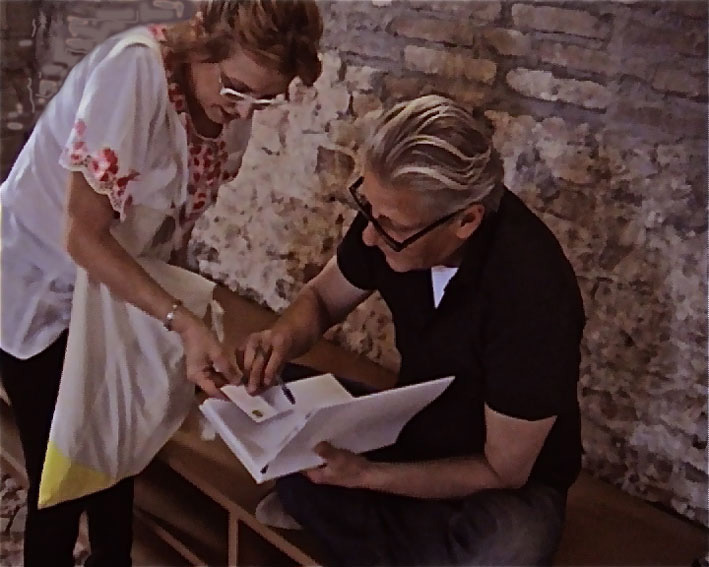
Organised to coincide with the 54th edition of the Venice Biennale, the exhibition will feature five large marble sculptures by the Flemish artist, including an unprecedented reinterpretation of Michelangelo’s Pietà.
From 1 June to 16 October 2011, during the 54th edition of the Venice Biennale, the Nuova Scuola Grande di Santa Maria della Misericordia (Sestiere Cannaregio 3599) will host the latest exhibition of the works of Jan Fabre (Antwerp, 1958), entitled PIETAS.
Curated by Giacinto Di Pietrantonio and by Katerina Koskina and promoted by the GAMeC – Gallery of Modern and Contemporary Art, Bergamo, by the State Museum of Contemporary Art, Thessaloniki, and by the Kunsthistorisches Museum of Vienna, the exhibition will present five large sculptures in pure marble and Carrara statue marble by the Flemish artist.
Outstanding among these is Fabre’s unprecedented reinterpretation of Michelangelo’s Pietà, entitled Compassionate Dream (Pietà V), in which he has given his own face to Christ, while Mary has the face of a skull, the symbol of death.
Yet the artist’s aim is not to convey a blasphemous or even merely a provocative message: this work represents a ‘performance sculpture’ that illustrates a mother’s real feelings when she yearns to take the place of her dead son.
All five sculptures reiterate the theme of the pietà, which Fabre has interpreted in terms of the feelings of compassion and conciliation. They depict anatomical organs and bodies that take on the form and the forcefulness of symbols in his work, which is made with the obsessive precision typical of the mediaeval Flemish school, but also relates to the vigour that abounds in Michelangelo’s sculpture.
From the point of view of form, Fabre uses the element of the brain, already a major feature in other exhibitions of his that have been held to coincide with the Venice Biennale in the past. As in 2007, with Anthropology of a Planet and in 2009 with From the Feet to the Brain, this organ – which is located anatomically in the upper area of the human body – also places a focal role in the 2011 edition, Pietas.
All five sculptures will rest on a large gilded podium, which visitors will be allowed to access – once they have put on a pair of the slippers made available at eight points at the sides – so as to undertake the sacred ritual of a viewing.
After visitors have been allowed up onto this podium-as-stage, they will find themselves playing the part of actors among the five white sculptures, whose leitmotif of ‘life – death – resurrection’ relates to the theme of eternal metamorphosis. To facilitate this interaction, Fabre has also arranged ten nests – one for each column – covered with shells of the jewel scarab, the animal that is a symbol of metamorphosis, was sacred to the ancient Egyptians and is now held sacred by the artist himself.
All this constitutes a path to initiation that proceeds by certain milestones. These are represented by the four sculptures of brains that act as the base-world-cosmos for as many naturalistic-Christological symbolisms, a path that ends with the sight of the neo-Michelangelo Pietà.
In this exhibition, Fabre is pondering the artistic rules underlying his own work and the limits of what he has done before now, whose basic principles can be summarised as the “awareness of the forcefulness of images of reality and of the symbolism” that can be found in the tradition of Flemish art, as it relates to its Italian counterpart, but that also pays due consideration to Fabre’s own artistic and personal history, as it has developed through the visual force of performance and theatre and emerged in the form of sculptural tableaux; in “concentration on the body, as the point of crystallisation between life, death and rebirth” and, lastly, in “attraction to the insect”, the symbol of metamorphosis situated in the brain, the locus of thought.
By once again choosing a traditional technique (marble sculpture), Fabre continues to pursue his unrelenting visionary investigation of the original practices of art, in which he shows us his ideal vision of symbolic life, revealing more clearly than ever the intentionally chosen artistic anachronism that determines his originality.
Jan Fabre has always moved in the black area that is populated by extinct creatures, the area of knowledge that has been erased or sidelined, yet that crops up obsessively in his art, which is also an archetype of risk, of threat and of loss of what is personified by the artist’s solitude in life as in death: an inscrutable inner well, made of dreams and of visions for taking refuge.
Venice, April 2011
JAN FABRE. PIETAS
Venice, Nuova Scuola Grande di Santa Maria della Misericordia (Sestiere Cannaregio 3599 – Fondamenta della Misericordia)
1 June – 16 October 2011
Opening hours: Tuesday to Sunday: 10.00 a.m. to 6.00 p.m. Closed on Mondays
Entry: free of charge
Press preview: 31 May and 1 June: 11.00 a.m. to 8.00 p.m.
1 June:
Exhibition opens: 11.00 a.m.
Vernissage: 6.00 p.m.
Exhibition Press Office
CLP Relazioni Pubbliche Manuela Blasi
tel. +39 02 433403 / +39 02 36571438
press@clponline.it
www.clponline.it
GAMeC Press Office
Manuela Blasi
manuela.blasi@gamec.it
Tel. +39 035 270272
www.gamec.it
VENEZIA
DAL 1° GIUGNO AL 16 OTTOBRE 2011
ALLA NUOVA SCUOLA GRANDE DI SANTA MARIA DELLA MISERICORDIA
LA MOSTRA
JAN FABRE. PIETAS
L’esposizione, che si tiene in contemporanea con la 54^ edizione della Biennale d’Arte, presenterà cinque grandi sculture in marmo dell’artista fiammingo, tra cui un’inedita rilettura della Pietà di Michelangelo.
Dal 1° giugno al 16 ottobre 2011, durante la 54^ edizione della Biennale d’arte di Venezia, la Nuova Scuola Grande di Santa Maria della Misericordia (Sestiere Cannaregio 3599) ospiterà il nuovo evento espositivo di Jan Fabre (Anversa, 1958), dal titolo PIETAS.
Curata da Giacinto Di Pietrantonio e da Katerina Koskina, promossa dalla GAMeC – Galleria d’Arte Moderna e Contemporanea di Bergamo, dal State Museum of Contemporary Art di Salonicco e dal Kunsthistorisches Museum di Vienna, la mostra presenterà cinque grandi sculture in marmo puro e marmo statuario di Carrara dell’artista fiammingo.
Tra queste spicca l’inedita rilettura fatta da Fabre della Pietà di Michelangelo, dal titolo Sogno compassionevole (Pietà V) nella quale il Cristo ha il volto dell’artista stesso e la Madonna ha quello di un teschio, simbolo della morte.
Lungi dal proporre un messaggio blasfemo o semplicemente provocatorio, l’opera rappresenta una ‘scultura-performativa’ che mette in scena i veri sentimenti di una madre che vuole sostituirsi al figlio morto.
Tutte le sculture riportano forme di pietà interpretate da Fabre attraverso i sentimenti della compassione e della conciliazione. Sono organi e corpi anatomici che all’interno del suo lavoro assumono la forma e la potenza del simbolo, realizzati con la precisione maniacale tipica dell’antica scuola fiamminga, ma che si confrontano anche con la potenza scultorea michelangiolesca.
Dal punto di vista formale, Fabre usa l’elemento del cervello, già protagonista delle esposizioni realizzate in contemporanea alle Biennali di Venezia. Come nel 2007 con Anthropology of a Planet e nel 2009 con From the Feet to the Brain, quest’organo – collocato anatomicamente nella parte superiore del corpo umano – continua a rivestire una centralità anche nell’edizione Pietas del 2011.
Tutte le cinque sculture saranno poggiate su una grande pedana dorata alla quale sarà possibile accedere dopo aver indossato un paio di pantofole messe a disposizione in otto postazioni laterali, per compiere il rito sacrale della visione.
Allo spettatore verrà consentito di salire sulla pedana-palcoscenico e divenire così attore tra le 5 bianche sculture, il cui tema ‘vita – morte – resurrezione’ si ricollega a quello dell’eterna metamorfosi. Per questo motivo, Fabre ha disposto anche 10 nidi – uno per ogni colonna – ricoperti da gusci di scarabeo gioiello, l’animale simbolo della metamorfosi, sacro agli antichi Egizi e all’artista stesso.
Tutto questo rappresenta un percorso iniziatico che segue delle tappe, rappresentate dalle quattro sculture di cervelli che fungono da base-mondo-cosmo per altrettante simbologie naturalistico-cristologiche e che si conclude con la visione della Pietà neo-michelangiolesca.
Attraverso questa mostra, Fabre riflette sulle regole artistiche del proprio lavoro e sui limiti della sua precedente attività, i cui principi di base possono essere riassunti nella coscienza della forza delle immagini del reale e del simbolico insita nella tradizione dell’arte fiamminga in relazione a quella italiana, ma che tiene anche conto della storia artistica e personale di Fabre elaborata tramite la forza visiva di performance e teatro ed emersa sotto forma di tableaux sculturali; nella concentrazione sul corpo come punto di cristallizzazione tra vita, morte e rinascita; infine, nell’attrazione per l’insetto, simbolo della metamorfosi posizionato nel cervello, la sede del pensiero.
Scegliendo ancora una volta una tecnica antica (la scultura di marmo) Fabre continua la sua intensa indagine visionaria sulle pratiche originarie dell’arte in cui mostra la sua visione ideale della vita simbolica rivelando in modo più che mai chiaro quell’anacronismo artistico volutamente scelto che determina la sua originalità.
Jan Fabre si è sempre mosso nell’area nera popolata dalle creature estinte, l’area dei saperi rimossi e laterali che ricorrono ossessivamente nella sua arte che è anche un archetipo di rischio, di minaccia e di perdita di ciò che incarna la solitudine dell’artista nella vita come nella morte, un imperscrutabile pozzo interno, fatto di sogni e di visioni in cui rifugiarsi.
Venezia, aprile 2011
JAN FABRE. PIETAS
Venezia, Nuova Scuola Grande di Santa Maria della Misericordia (Sestiere Cannaregio 3599 – Fondamenta della Misericordia)
1 giugno – 16 ottobre 2011
Orari: da martedì a domenica: 10.00 – 18.00. Lunedì chiuso
Ingresso libero
Press preview: 31 maggio e 1 giugno: ore 11.00 – 20.00
1 giugno:
Apertura mostra: ore 11.00
Inaugurazione: ore 18.00
Position the cursor on the images to view captions, click on images to enlarge them.
Posizionare il cursore sulle immagini per leggere le didascalie; cliccare per ingrandirle.

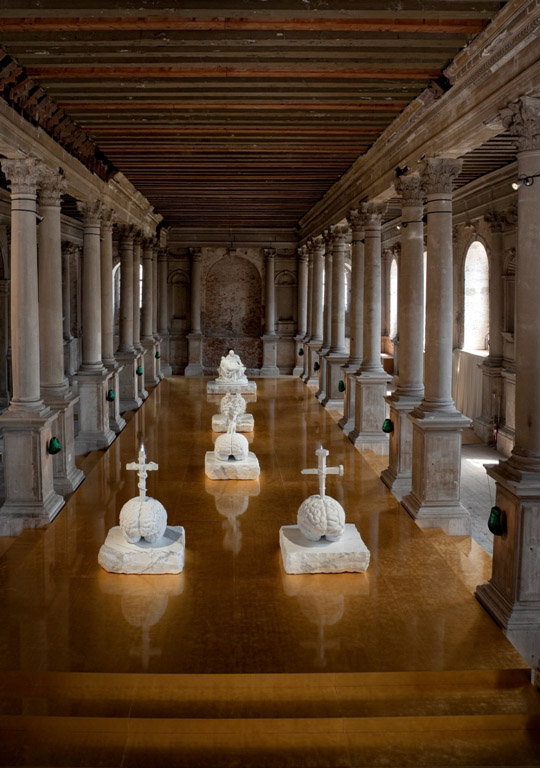
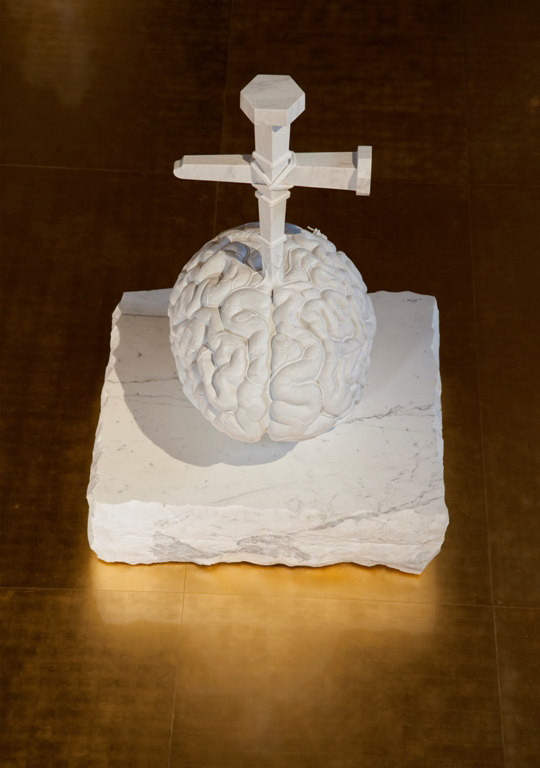



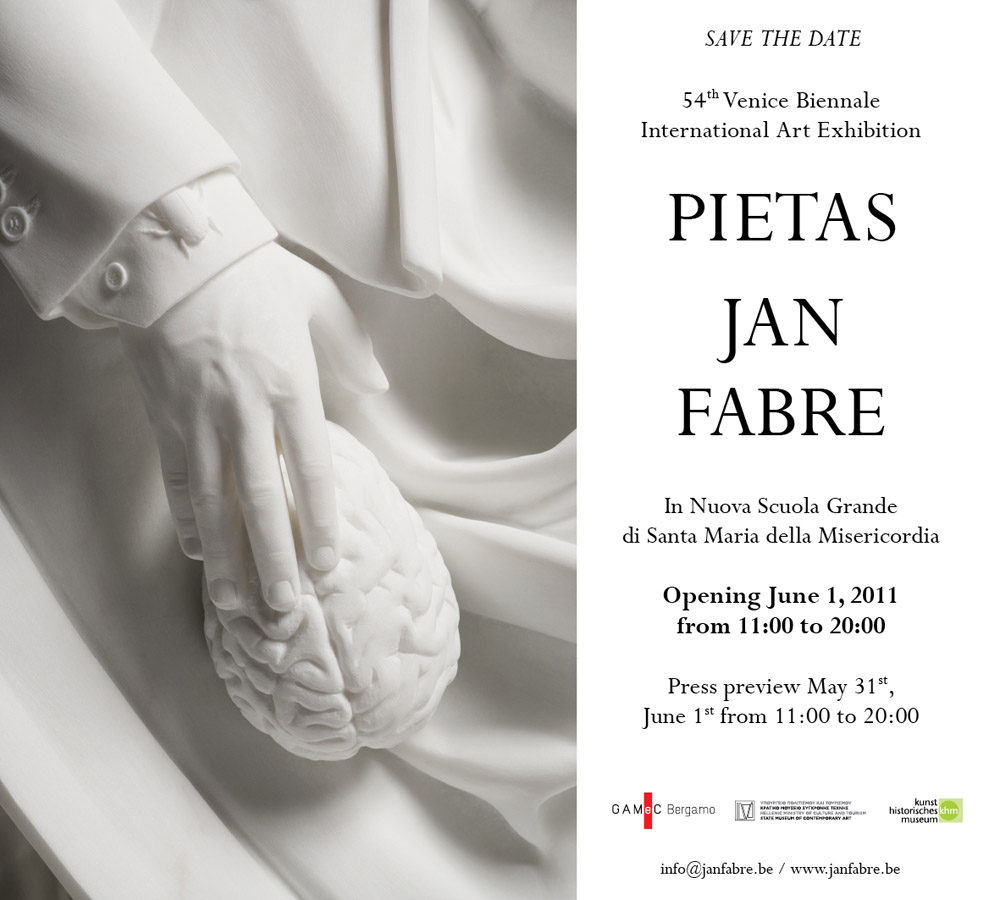
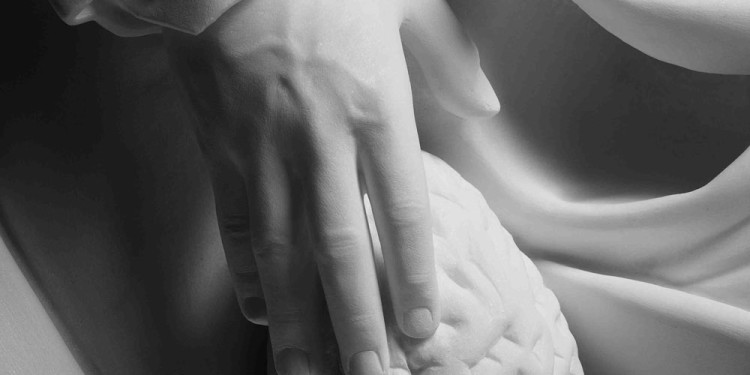






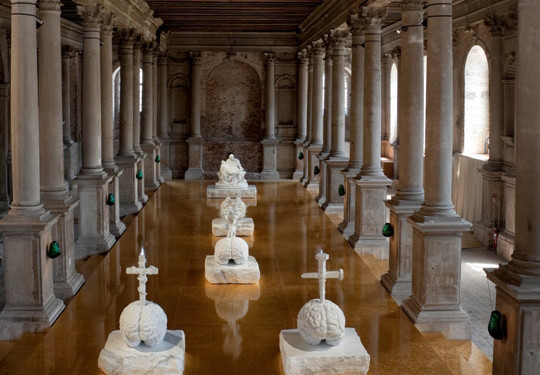
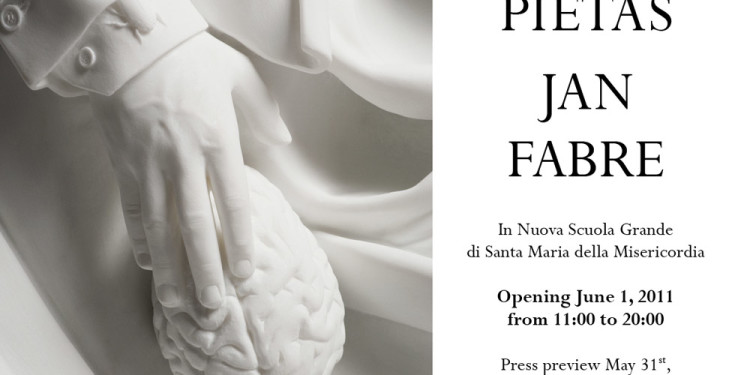
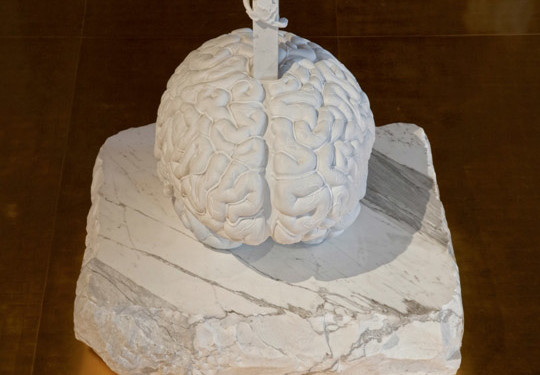
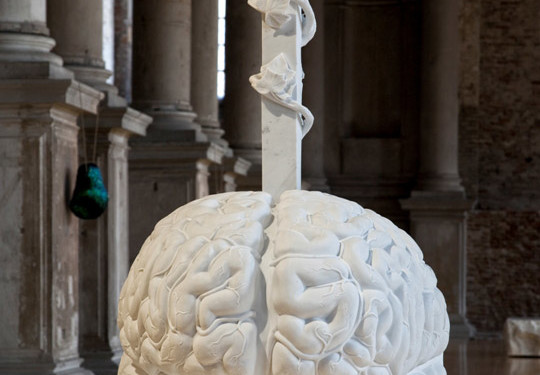
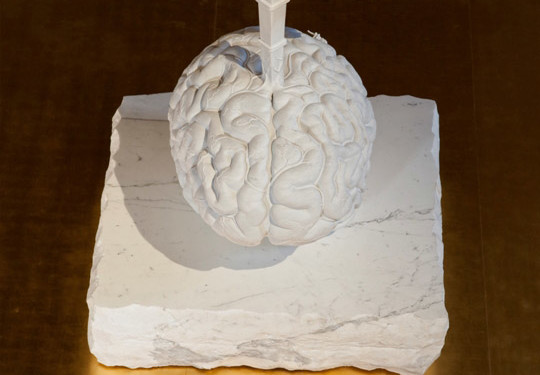
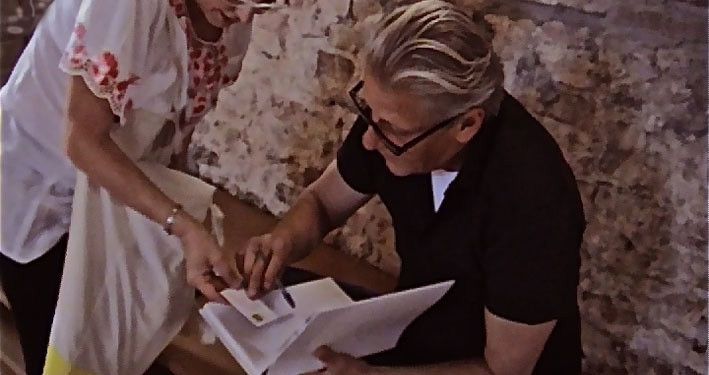
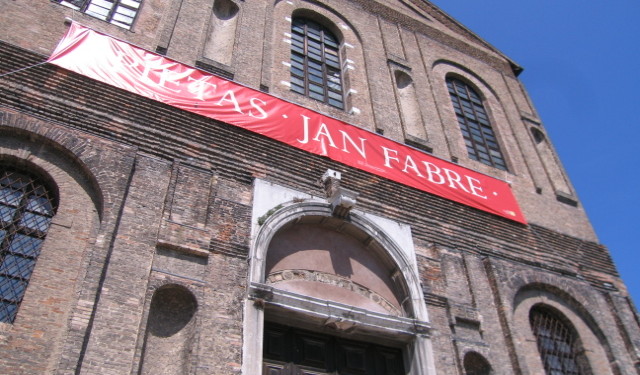
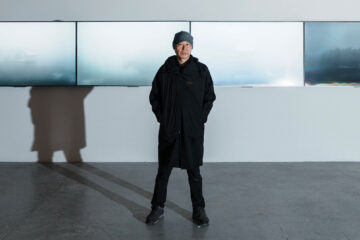
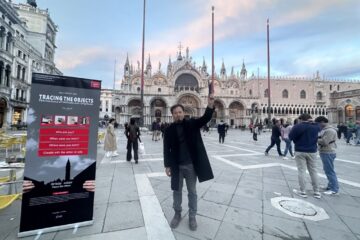

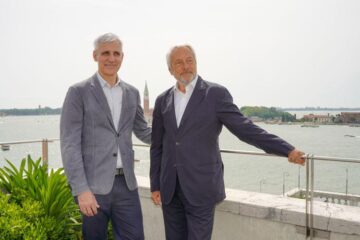

No Comment